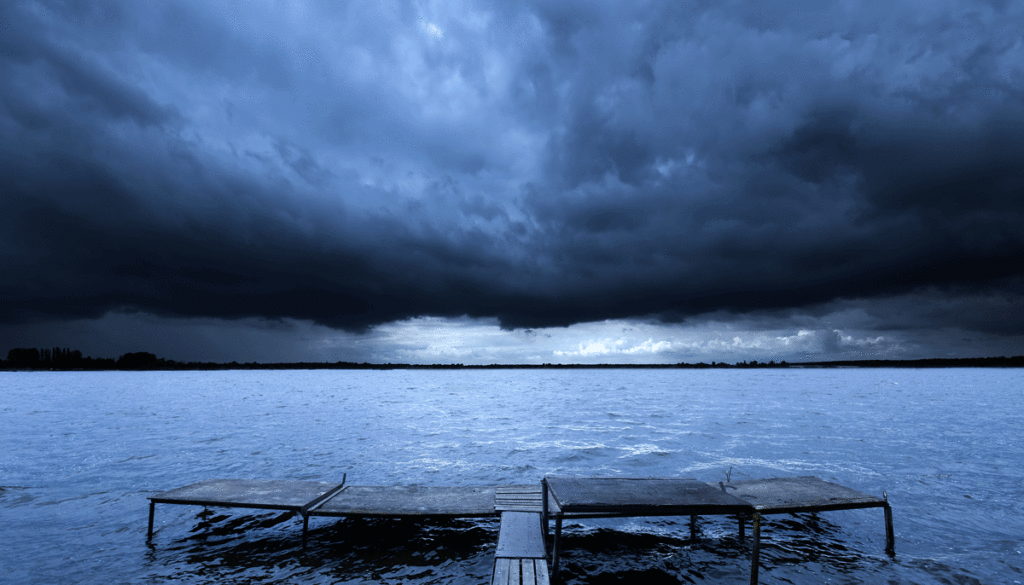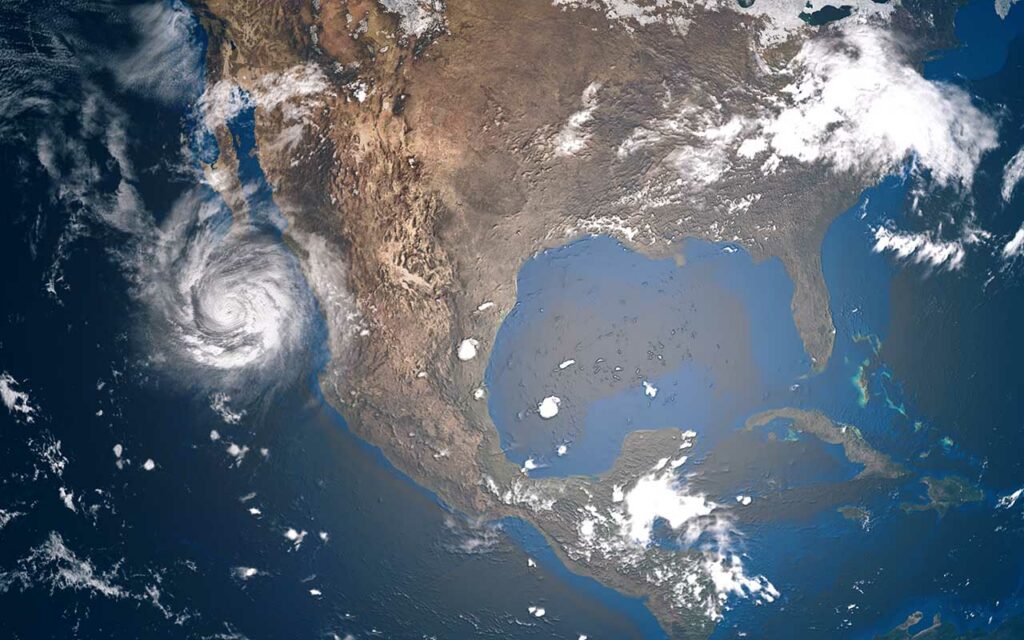In 526 AD, a massive earthquake hit the city of Antioch in Byzantine Empire. The region is in what is now Turkey and sits atop a conflux of fault lines that has been responsible for numerous earthquakes throughout history. The event is was one of the deadliest natural disasters in history, with scholars at the time attesting that it claimed over 250,000 lives.
Making matters worse, after the earthquake shook the city and buried thousands of people under rubble, a series of fires broke out that burned down the buildings that weren’t already destroyed.
Plate Tectonics
Antioch’s location was responsible for the massive size and intensity of the quake. The city was located directly atop a meeting point of three tectonic plates. The African Plate and Arabian Plate each meet at the Dead Sea Transform, which is directly beneath Antioch’s historic location. The location is also close to the East Anatolian Fault, the meeting point of the Arabian Plate and Anatolian Plate.
Finally, the location is also very close to the Cyprus Arc, where the African and Anatolian Plates converge. This complex combination of plates makes the region very prone to earthquakes, as the plates continue to grind past one another.
The Earthquake
The earthquake likely hit Antioch between May 20 and May 29, 526 AD. The exact date is unknown, but the timing of the quake is: it struck in the mid-morning according to documents from the period. Modern experts estimate that the earthquake was likely a magnitude 7.0 tremor, judging by descriptions of its impact on the surroundings.
Most of the knowledge about the earthquake comes from a single historian, the Byzantine writer John Malalas. His account is found in one of the first historical chronicles that wasn’t written for academics: it was meant to be a history for common people.
Disaster Destroys Antioch
The initial earthquake destroyed numerous buildings in Antioch. However, in Malalas’ account, the earthquake itself wasn’t the main cause of destruction in the city. Instead, it was the raging fire that was sparked during the earthquake that made Antioch a ruin. The Domus Aurea, a massive octagonal church, was one of the most famous buildings destroyed by the blaze.
The extremely high death toll might sound unusual for a city in the 6th Century. However, scholars have theorized that, given the time of year that the earthquake occurred, the 250,000 figure may be accurate. This is because Antioch hosted an annual festival for the Christian holiday of Ascension Day.
This festival likely drew in travelers from the surrounding countryside, meaning that people from all over the Byzantine Empire were present when the disaster struck the city.
Aftermath
The region experienced aftershocks for at least 18 months after the initial quake. According to Malalas, the region was also beset by lawlessness following the disaster, as the destruction caused a complete breakdown of the local government. Bandits and raiders fell upon the survivors of the disaster while they were attempting to escape the ruins of Antioch, which frustrated rescue efforts and slowed the speed with which the fires could be put out.
Eventually, aid from Constantinople arrived and the city was partially rebuilt. The damage from the earthquake left deep scars on the city, however, and it is remembered as one of the most devastating natural disasters in human history.









